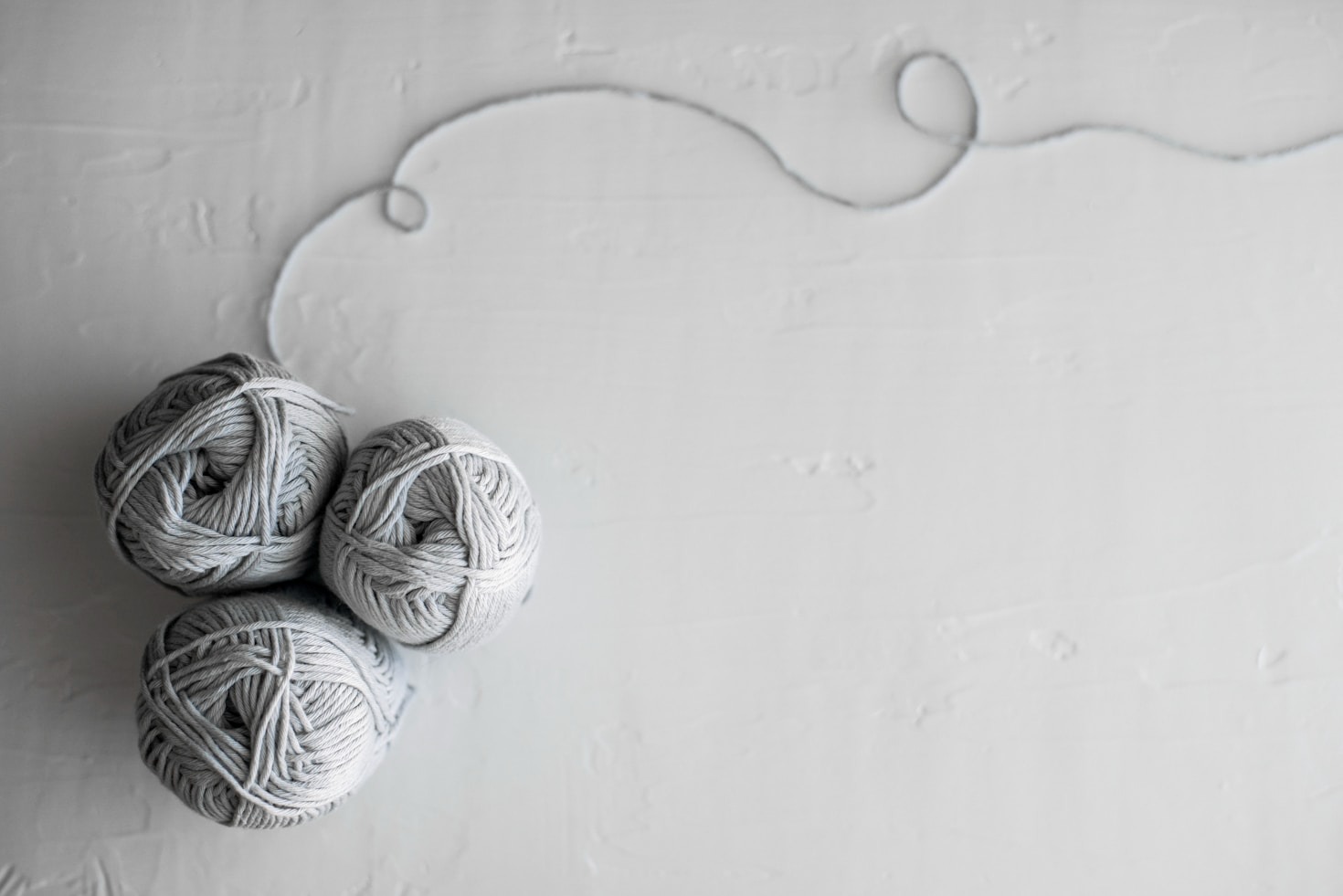Here’s an informative blog post for you:
How to Choose the Perfect Yarn for Your Project
Every knitter knows the excitement of walking into a yarn store (or scrolling through an online shop) and being overwhelmed by walls of color, texture, and possibility. But with so many choices, how do you pick the right yarn for your project? The truth is, yarn selection is just as important as the pattern itself—maybe even more so. The perfect yarn can make your project shine, while the wrong one can lead to frustration, frogging, and a finished piece you’ll never wear. Here’s how to choose wisely.
1. Consider the Project Type
The first question to ask is: What am I making? Different projects call for different yarn qualities.
- Socks → Durable fibers with some stretch (wool blends with nylon are ideal).
- Sweaters → Yarns that hold their shape, like wool or wool blends.
- Scarves and shawls → Soft, drapey fibers like alpaca, silk, or blends for comfort and elegance.
- Blankets → Look for sturdy, washable yarns, often in acrylic or superwash wool.
2. Fiber Content Matters
Fibers determine how your finished project feels, behaves, and lasts.
- Wool: Warm, elastic, and versatile. Great for sweaters and accessories.
- Cotton: Cool and breathable, perfect for summer garments, but less stretchy.
- Alpaca: Soft, luxurious, and warm, but can stretch out if not stabilized.
- Silk: Smooth with beautiful drape and sheen—ideal for lightweight, elegant projects.
- Acrylic: Affordable, durable, and easy-care, though less breathable.
Blends often give you the best of both worlds—strength, softness, and versatility.
3. Pay Attention to Yarn Weight
Yarn weight refers to thickness, and it directly affects your project’s size, drape, and warmth. Common categories include:
- Lace: Very fine, delicate, for airy shawls.
- Fingering / Sock: Lightweight, perfect for socks or lightweight garments.
- DK (Double Knitting): A versatile middle weight.
- Worsted: Sturdy and warm, a favorite for sweaters and blankets.
- Bulky / Super Bulky: Quick to knit, great for cozy scarves and chunky sweaters.
Always check your pattern for the recommended weight to stay on track.
| Project Type | Recommended Yarn Fibers | Ideal Yarn Weights | Notes |
|---|---|---|---|
| Socks | Wool blends with nylon | Fingering / Sport | Durable, stretchy, breathable |
| Sweaters | Wool, wool blends, alpaca (with care) | DK / Worsted | Wool has great memory; alpaca can stretch |
| Scarves & Shawls | Alpaca, silk, merino, luxury blends | Fingering / DK | Choose drapey yarns for elegance |
| Hats & Mittens | Wool, wool blends | Worsted / Bulky | Warmth and elasticity are key |
| Baby Items | Cotton, bamboo, superwash wool, acrylic | DK / Worsted | Opt for soft, washable, non-irritating yarns |
| Blankets | Acrylic, superwash wool, cotton blends | Worsted / Bulky / Super Bulky | Easy-care and durable for frequent use |
| Lace Projects | Silk, mohair blends, fine wool | Lace / Fingering | Light, delicate fibers show lacework beautifully |
| Home Décor | Cotton, linen, sturdy blends | Worsted / Bulky | Strong fibers hold shape well |
4. Texture and Ply
A yarn’s construction (single ply, tightly plied, or textured) influences stitch definition. If you’re knitting intricate cables, choose a smooth, plied yarn for crisp results. For soft, hazy looks, single-ply or haloed yarns (like mohair blends) add softness and a dreamy aesthetic.
5. Color Considerations
Color is more than just preference—it affects visibility of stitches and the final look. Light or solid colors show off complex stitch patterns, while variegated yarns create fun visual effects but can obscure details. Think about what you want to highlight in your project.
6. Care and Maintenance
Be realistic about how much effort you want to put into caring for your finished piece. If you’re knitting baby clothes, you’ll probably want machine-washable yarn. A delicate lace shawl? Hand-wash only is fine. Always check yarn labels for care instructions before you commit.
Final Thoughts
Choosing the perfect yarn is part science, part art. By considering the project type, fiber content, weight, texture, color, and care requirements, you can set yourself up for knitting success. And remember: the “perfect” yarn isn’t just about technical details—it’s also the one that excites you to cast on and see your project come to life.


Leave a Reply